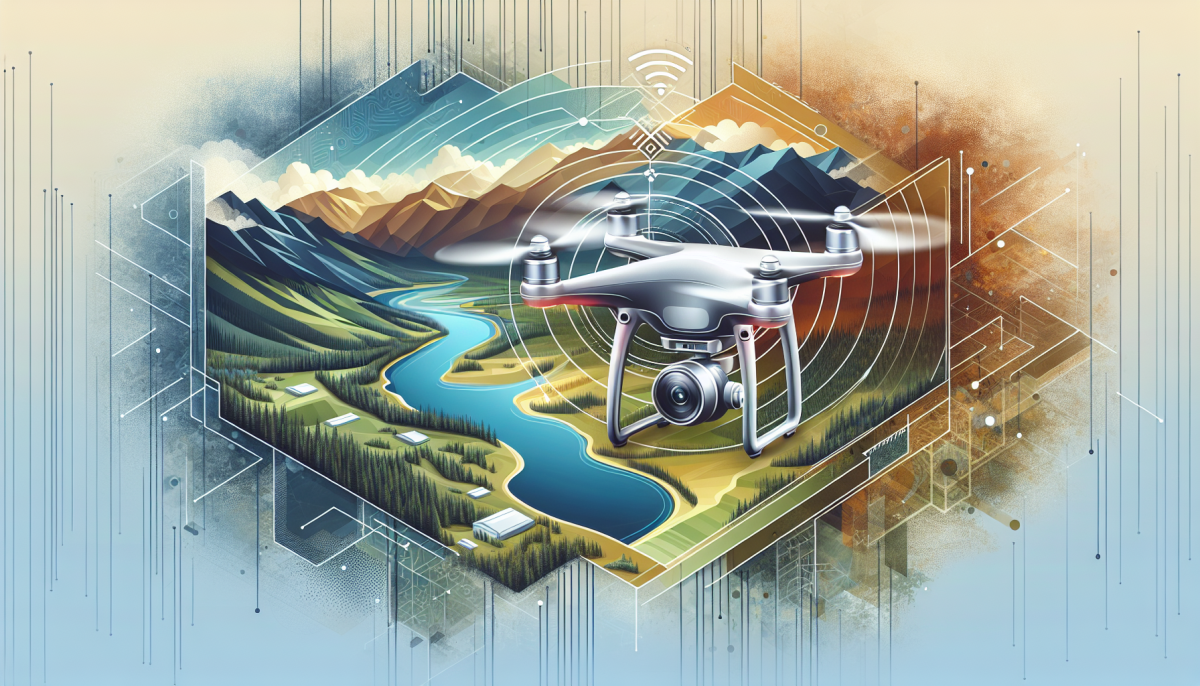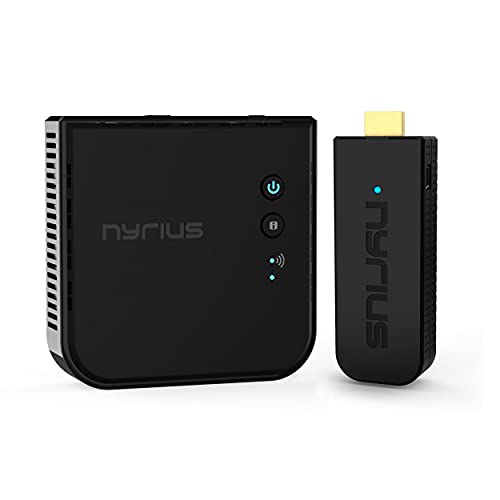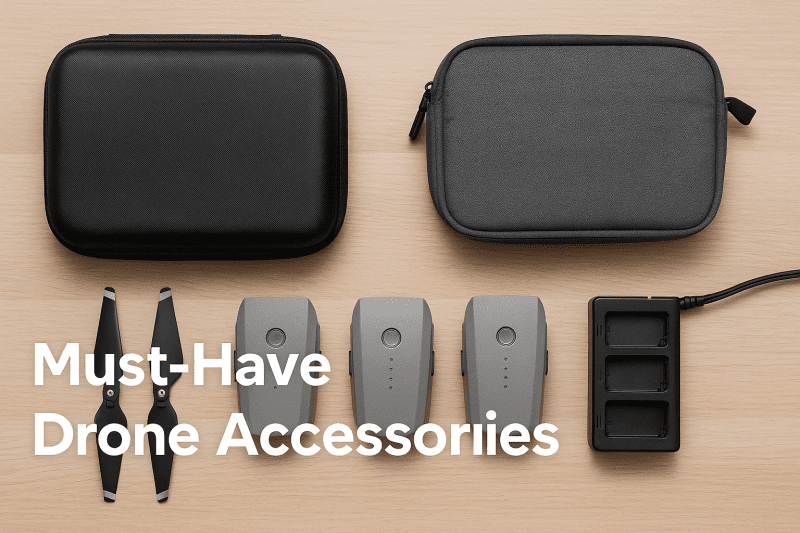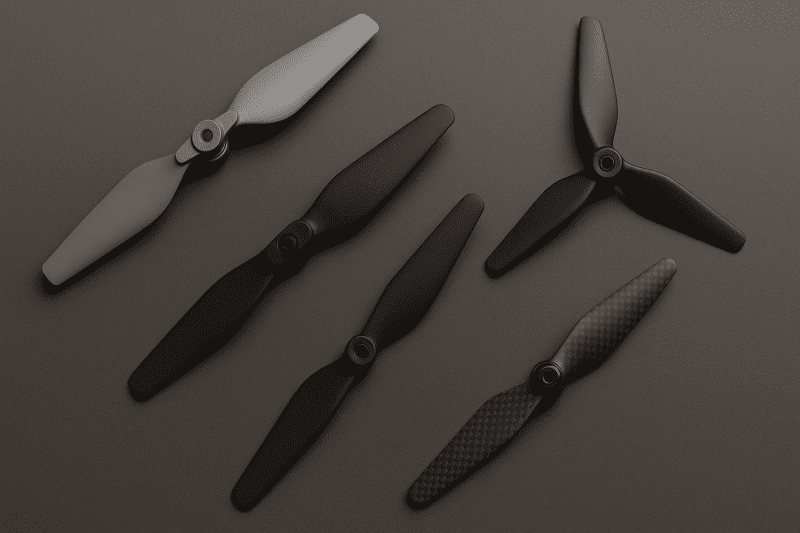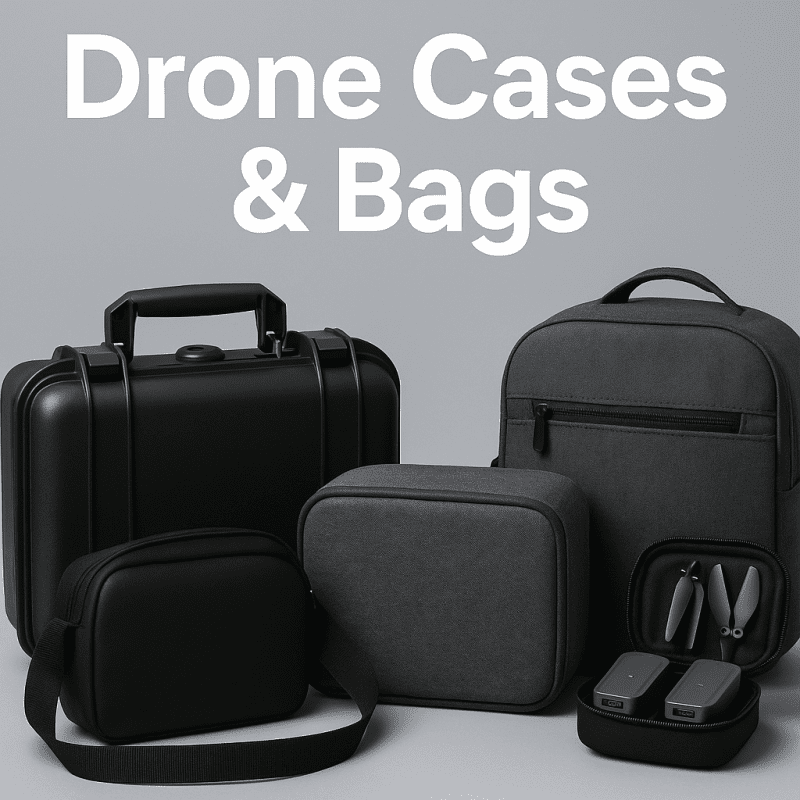Drone Video Transmitters: How They Work and What to Look For
Drone video transmitters are an essential piece of equipment for capturing and transmitting high-quality footage from your drone's camera. They work by sending video signals from your drone's camera to a ground control station or display device, allowing you to see what your drone sees in real-time. In this article, we will take a closer look at how drone video transmitters work and what to look for when choosing one for your drone.
Types of Drone Video Transmitters
There are two main types of drone video transmitters: analog and digital.
Analog video transmitters have been around for a long time and are still widely used today. They transmit video signals in real-time using radio frequencies. They are often cheaper than digital transmitters, but the video quality is lower and the signal can be affected by interference.
Digital video transmitters, on the other hand, use digital encoding to send video signals. They offer higher video quality and are less susceptible to interference, but they are often more expensive than analog transmitters.
What to Look For
When choosing a drone video transmitter, there are several things to consider:
- Frequency: The frequency of the transmitter will determine the range and quality of the video signal. Higher frequencies generally offer better video quality and range, but they can also be more susceptible to interference.
- Power: The power of the transmitter will determine the range of the video signal. Higher power transmitters will transmit signals over a greater distance, but they also consume more battery and can add weight to your drone.
- Channels: The number of channels on the transmitter will determine how many drones can operate in the same area without interference. It's important to choose a transmitter with enough channels for the number of drones you plan to fly.
- Antennas: The type and placement of the antennas on the transmitter can affect the quality and range of the video signal. It's important to choose a transmitter with high-quality antennas and to make sure they are positioned correctly for optimal performance.
Conclusion
Drone video transmitters are a crucial piece of equipment for capturing high-quality footage from your drone's camera. When choosing a transmitter, it's important to consider factors such as frequency, power, channels, and antennas to ensure that you get the best video quality and range possible. With the right drone video transmitter, you'll be able to capture stunning footage and take your drone flying experience to the next level.
Choosing the Right Drone Video Transmitter for Your Needs
When it comes to selecting a drone video transmitter, there are a few key factors to consider. Here are some important considerations that can help you choose the right transmitter for your needs:
Range and Signal Quality
One of the most important factors to consider when choosing a drone video transmitter is the range and signal quality. The range of the video transmitter determines how far the video signal can be transmitted and the signal quality affects the clarity and stability of the video signal. If you’re filming in areas with a lot of interference or obstructed views, a transmitter with better signal quality and a long range is recommended.
Size and Weight
The size and weight of the video transmitter have a direct impact on the drone’s flight performance. A smaller and lighter transmitter is ideal for racing or freestyle drones as it reduces the drag and improves the drone’s agility. On the other hand, larger and heavier transmitters are better suited for commercial or industrial drones, as they can carry more power and offer longer range.
Power Requirements
Video transmitters require power to function, and the power requirement can vary depending on the transmitter's features and output. Some video transmitters can consume a lot of power and may require a dedicated battery or a higher voltage source, while others can run on batteries already available on the drone.
Compatibility
Before purchasing a video transmitter, it’s essential to check whether it’s compatible with your drone's camera or receiver. Some video transmitters come with built-in receivers that offer compatibility with specific camera models or drones, while others are compatible with a wider range of devices.
Price
Finally, price is a crucial factor in choosing a drone video transmitter. Quality transmitters can range from affordable options to high-end models. It’s essential to balance your budget with your required features when choosing a video transmitter.
By keeping these factors in mind, you can make the right choice when selecting a drone video transmitter that best suits your specific needs.
The Future of Drone Video Transmitters: Emerging Technologies and Trends
The drone industry is ever-evolving, and this has resulted in drones being utilized across an array of industries. However, drones require video transmission capability to provide a live view of the footage they capture. In this section, we explore emerging technologies and trends in drone video transmitters that could shape the future of the industry.
5G Technology
With the advent of 5G technology, drone video transmission could soon see a significant improvement in quality and stability. 5G networks offer faster speeds compared to 4G, and possess the capability to support ultra-smooth, 4K and even 8K live streaming over long distances. This could enhance the range of drones, enabling them to fly further and transmit high-quality video seamlessly, with no disruptions or signal loss.
Mesh Network Communication
One of the biggest issues that drone video transmitters face is interference from obstacles such as buildings or trees, which can cause signal loss affecting the quality of the footage. Mesh network communication is a potential solution to this problem. It relies on a web of interconnected devices, where each device acts as a node, relaying data from one device to another. This would create a more reliable and stronger network, allowing drones to transmit videos without any signal loss due to obstacles.
AI-Based Video Compression
AI-based video compression technology is being developed to reduce the size of video files without sacrificing their quality. This could have a significant impact on drone video transmission, as videos can be compressed to be easily transmitted over long distances, without negatively affecting the quality of the footage. Additionally, it would reduce the demand for resources, allowing drones to fly for a longer period and reducing wear and tear on devices.
Integrated Video Transmitter
Another emerging trend is the development of integrated video transmitters. Currently, drones require an external video transmitter, which increases their weight and size. However, with the development of integrated video transmitters, drones could be designed with video transmitters built-in, which would make them more compact and lightweight.
Conclusion
The future of drone video transmitters is exciting, with a range of emerging technologies and trends set to revolutionize the industry. From the potential of 5G technology to mesh network communication, AI-based video compression to integrated video transmitters, the outlook for drone video transmission is brighter and more promising than ever before.
Wireless HD Video Transmitter for Drones
Upgrade Your Drone Experience with Wireless HD Video Transmission Technology
Product information
$189.99
Product Review Score
4.28 out of 5 stars
134 reviews